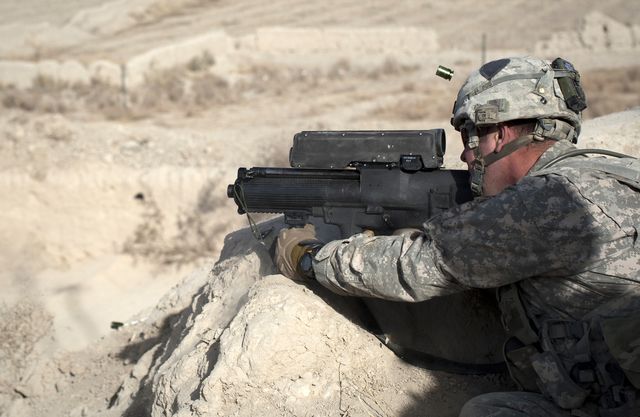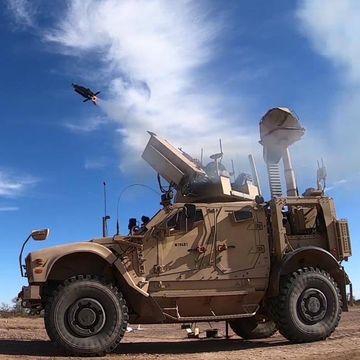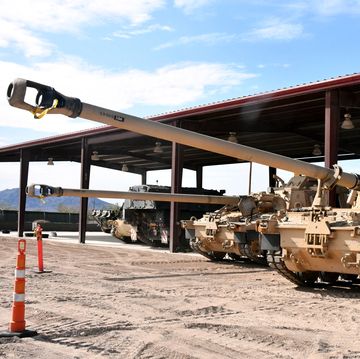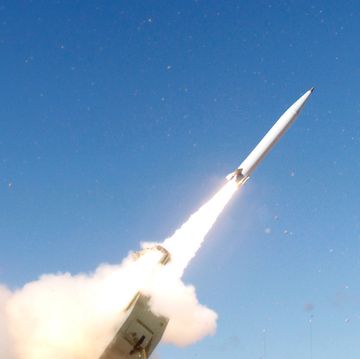The U.S. Army has officially terminated the 'Punisher.' The XM-25 Counter Defilade Target Engagement System was designed to engage enemy troops behind cover. While successful, the high tech infantry weapon was the victim of a lengthy development period, ballooning costs, a perceived lack of utility, and a 2013 incident that wounded a soldier carrying it.
Since the dawn of the firearm age, one of the biggest obstacles to hitting people with a bullet was the cover they could hide behind. A soldier can hide inside a doorway, or window sill, or even a bunker, exposing himself just long enough to shoot back. Getting at that soldier requires good marksmanship and timing, outmaneuvering him, or simply blowing up the building.
The XM-25 was designed to make cover obsolete. The Punisher is a semi-automatic 25-millimeter grenade launcher that fires programmable grenades. The user can program grenades to fly inside the doorway and explode just inside, peppering anyone there with lethal shrapnel. It could also do the same with windows and bunkers, and can be programmed to explode above trenches and foxholes.
The XM-25 saw limited active service but among the troops it had a tepid reception. The weapon was heavy, with a basic load of the weapon and 36 grenades weighing a whopping 35 pounds. It was only useful under certain circumstances, and was not useful at all in close combat. In 2013, a Ranger unit in Afghanistan refused to take along the weapon, preferring to take a M4 instead.
The weapon was pulled in 2013 after an incident in which the a soldier was injured when the weapon tried to load two grenades at once. The weapon was redesigned and after three years the $41,000 weapon reemerged with a $93,000 price tag. That’s $90,000 more than a fully tricked out M4A1 carbine.
The U.S. Army has terminated the contract with Orbital ATK, the manufacturer, but retained the intellectual property rights and twenty of the Punisher guns. It’s not clear what the future of the tech is, but the Army can hold onto it and use it for another project. The capability to engage enemy troops in cover is useful but anything that does that and nothing else is impractical from an infantryman’s perspective and an expensive niche weapon unaffordable even by the U.S. Army.
Source: Stars and Stripes

Kyle Mizokami is a writer on defense and security issues and has been at Popular Mechanics since 2015. If it involves explosions or projectiles, he's generally in favor of it. Kyle’s articles have appeared at The Daily Beast, U.S. Naval Institute News, The Diplomat, Foreign Policy, Combat Aircraft Monthly, VICE News, and others. He lives in San Francisco.













